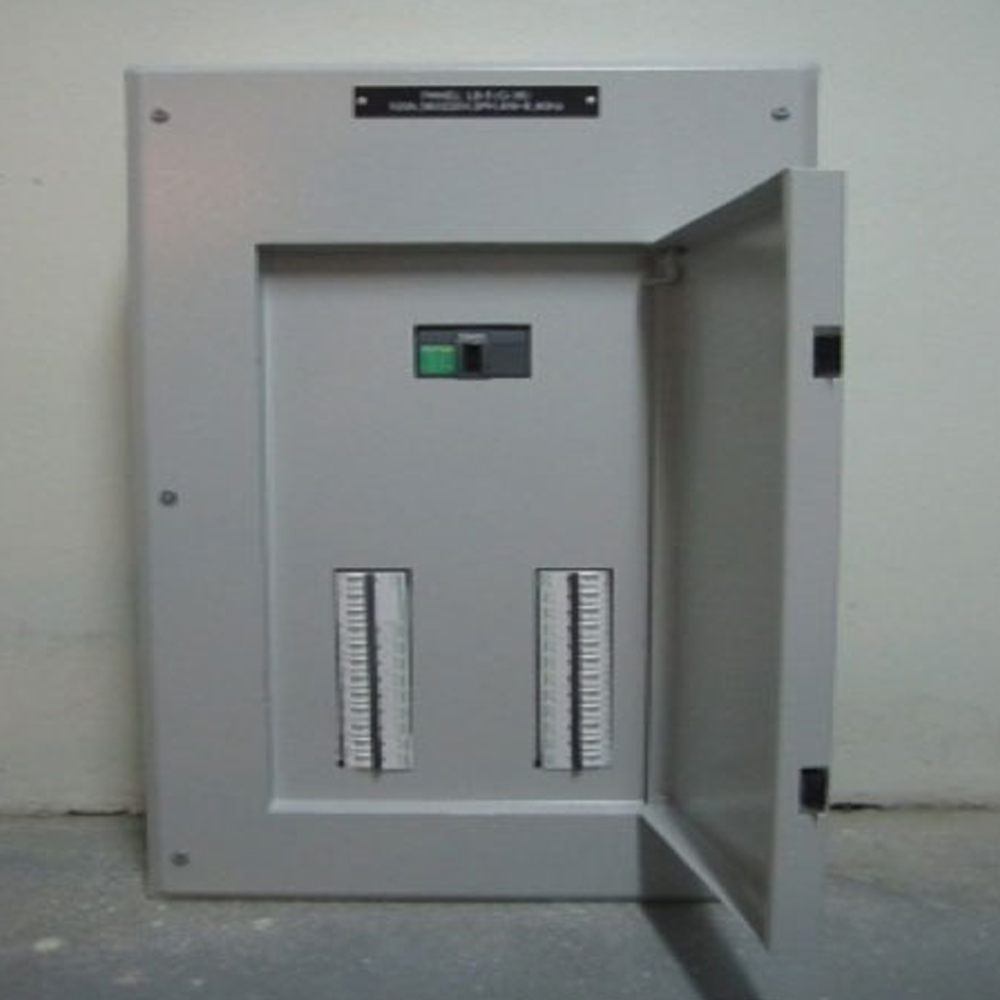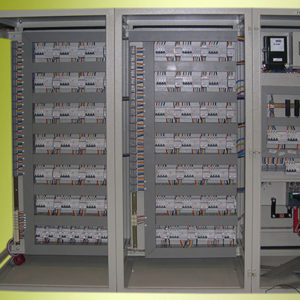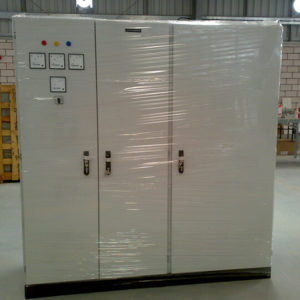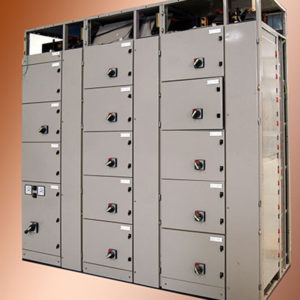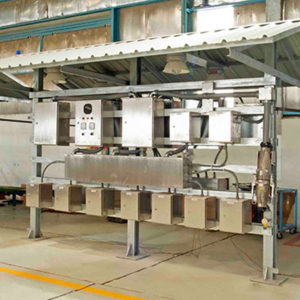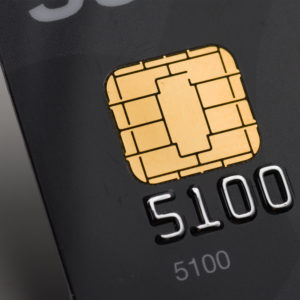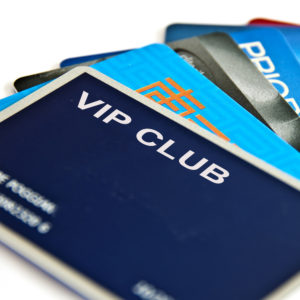Description
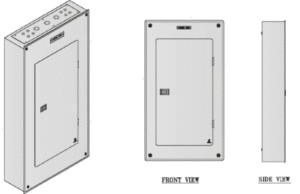
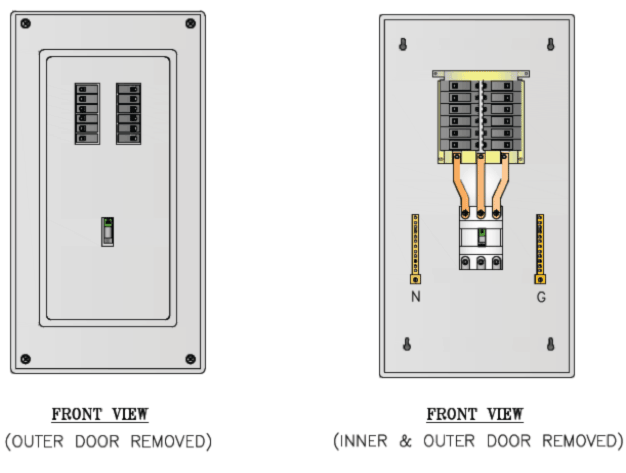
250A/125A FLUSH MOUNTED LOAD CENTER (INDOOR TYPE)
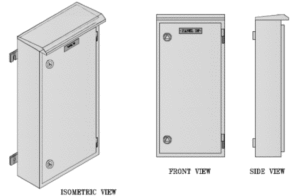
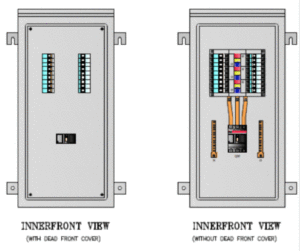
250A/125A SURFACE MOUNTED LOAD CENTER (OUTDOOR) SURFACE
Interior
The load center interior mounts inside the enclosure and includes bus bars and related hardware.
Interior Bus Bars
A bus bar serves as a common connection for two or more circuits. In a load center, bus bars are used to make it easy to connect circuit breakers to service conductors and load wiring. Load center bus bars are made of copper.
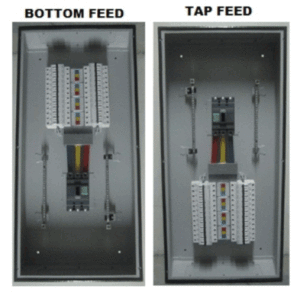
Branch Circuit Breakers
Branch circuit breakers fixed directly onto the load center’s supply bus bars as shown in the following illustration.
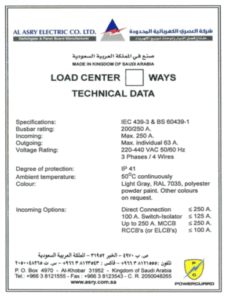
Label
The label identifies the load center’s catalog number, enclosure type, voltage service and ampere rating. Additional information on the label identifies circuit breaker types that can be used with the load center, short circuit current ratings, and wiring diagrams.
Trim Assembly
The trim assembly, sometimes called a dead front, attaches to the front of the load center and covers the interior. The trim assembly includes an access door and an adjustable upper pan. The trim assembly provides access to the circuit breakers while sealing off live parts and internal wiring.
Circuit Directory
A circuit directory on the door, similar to one shown below, provides space for listing the services protected by each branch circuit breaker.
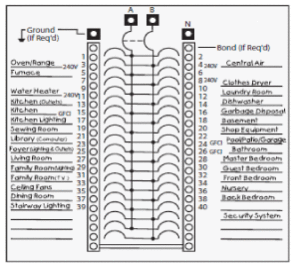
Load Center Installation
The enclosure, with the interior, is mounted to a wall. All incoming and outgoing conductors are connected to the load center.
Al asry load centers can be surface or flush mounted. For flush mounting, the load center is positioned so that the front edge of the enclosure is flush with the finished wall. The trim assembly is installed after the wall is finished.
Load center installation requires careful planning to ensure a safe environment for personnel and equipment.

